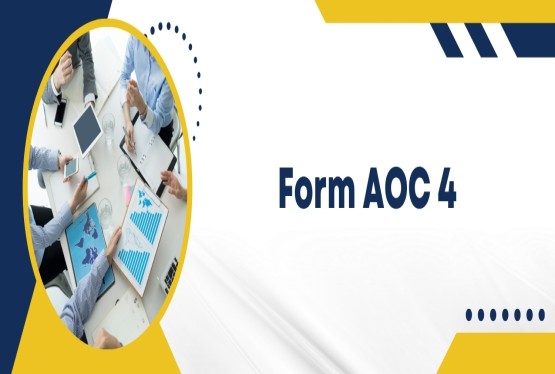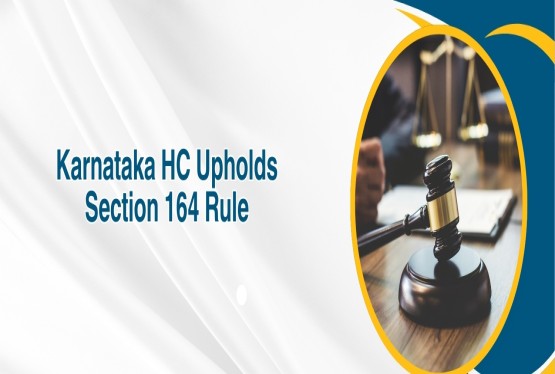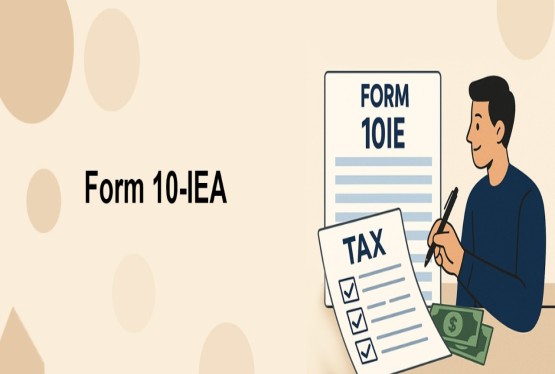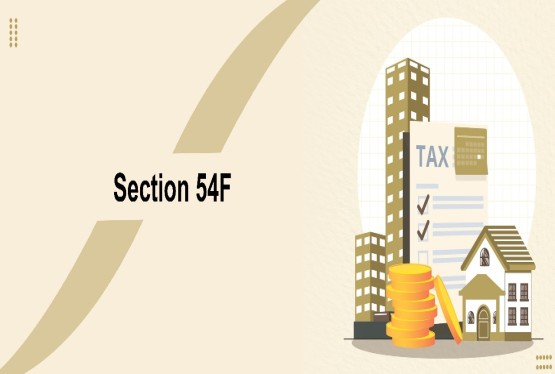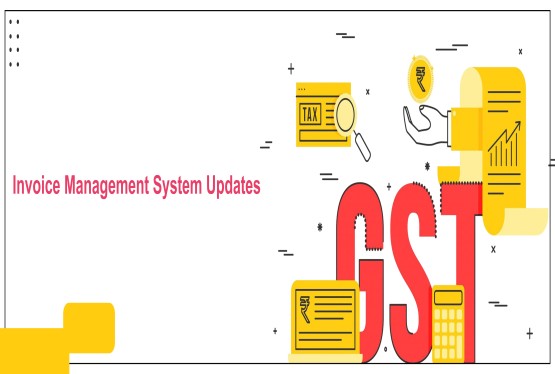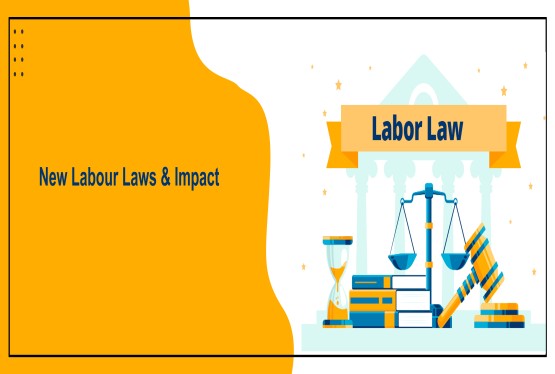The Government of India has withdrawn the Income-Tax Bill, 2025, which was meant to replace the Income-Tax Act, 1961 a law that has governed the country’s direct taxation for over six decades. This Bill was considered one of the most ambitious reforms in recent history, aiming to simplify tax provisions, use clearer language, and promote a taxpayer friendly environment without altering the existing tax slabs or capital gains framework. Introduced in the Lok Sabha on February 13, 2025, it quickly became the subject of scrutiny by tax experts, chartered accountants, lawyers, and the Lok Sabha Select Committee.
Several drafting inconsistencies and technical ambiguities were flagged, which, if left unaddressed, could have led to interpretational disputes, litigation, and compliance difficulties. Acknowledging these concerns, the government decided to withdraw the Bill and reintroduce a revised, consolidated draft on August 11, 2025, incorporating all necessary corrections and committee recommendations.
Learn more about how to file income tax return after due date.
Why the Bill Was Withdrawn
Finance Minister’s Statement
Finance Minister Nirmala Sitharaman clarified in Parliament that the withdrawal was necessary to avoid confusion from having multiple versions of such a important legislation. The Bill needed several drafting corrections, including adjustments in language for clarity, proper cross-referencing between sections, and changes to ensure consistency across the law. These issues were not minor in tax law, even a small change in wording can alter the meaning of a provision and affect its application.
She pointed out that the government wanted to introduce a single, clear version that would be free from ambiguity. In legislative drafting, the “legislative intent” must be reflected precisely in the text; otherwise, taxpayers, tax officers, and courts could interpret the law differently, leading to disputes.
Avoiding Multiple Interpretations
Taxation laws are particularly prone to interpretation issues because they deal with financial rights and obligations. If one provision contradicts or is inconsistent with another, taxpayers may find themselves in prolonged litigation. For example, if a clause defining “annual value of property” uses vague terms like “in normal course”, it could lead to different interpretations by different assessing officers. By withdrawing the original draft, the government ensures the new Bill will have uniform, precise definitions, leaving little scope for arbitrary decision-making.
Key Observations of the Lok Sabha Select Committee
The Select Committee’s review was not merely cosmetic it involved a detailed study of the Bill’s language and practical impact on taxpayers. Below are the main clauses flagged for revision and the reasoning behind these changes.
Clause 21 – Annual Value of Property
The annual value is the amount on which property income is calculated under the Income-Tax Act. In the withdrawn Bill, Clause 21(2) used the phrase “in normal course” when valuing properties with vacancy. This term is subjective and open to multiple interpretations. For example, what one tax officer considers “normal” may differ from another’s view.
The Committee recommended deleting this phrase and explicitly stating that the annual value should be the higher of actual rent received or the “deemed rent” as per law. “Deemed rent” is a concept where, even if the property is vacant, the tax authority assumes a certain income based on its expected rental value. This ensures consistency with the existing Section 23 of the Income-Tax Act, 1961, which already has clear rules for vacancy allowance.
Clause 22 – Deductions from Income from House Property
Under current tax law, certain expenses such as standard deduction (30% of annual value) and interest on housing loans are deductible from “Income from House Property.” The draft Bill’s Clause 22(1)(a) retained these deductions but used language that could be interpreted narrowly, potentially restricting taxpayer benefits.
The Committee suggested revising the wording to avoid situations where legitimate deductions are denied because of technical interpretation issues. This aligns with the broader principle that deduction provisions should be liberally construed in favour of taxpayers, provided they meet the substantive conditions.
Clause 20 – Commercial Property Classification
A significant concern arose from the change in wording from “occupied” to “as he may occupy.” This could lead to a situation where a temporarily unused business property is taxed under “Income from House Property” instead of being treated as a business asset.
For example, a shop owner who temporarily shuts the premises for renovation could be taxed on a “notional rent” basis, even though the property is not generating any rental income. The Committee recommended keeping the language consistent with the present law to avoid penalising genuine business situations. This issue is related to the concept of head of income classification in tax law, where the same property can fall under different categories depending on its use.
Clause 19 Deductions from Salaries (Schedule VII)
The withdrawn Bill allowed employees to claim a deduction for commuted pension but excluded non-employees receiving pensions from certain funds. This was seen as discriminatory, given that pension income whether from an employer or another eligible fund serves the same purpose for the recipient.
Learn more about standard deduction on salary 2025.
The Committee advised extending this benefit to non-employees as well, under the head “Income from Other Sources.” This reflects the principle of equity in taxation, which demands that similar incomes should receive similar tax treatment regardless of the source.
Original Objectives of the Income-Tax Bill, 2025
Simplified Legal Language
The 1961 Act has evolved into a highly complex statute over six decades, with 298 sections, countless provisos, and cross-references that make it challenging even for professionals. The new Bill sought to cut the law’s length by about 50% while keeping its substantive provisions intact. This would involve:
-
Merging similar provisions to reduce duplication.
-
Removing outdated references.
-
Using plain language instead of archaic legal terms.
Lower Penalties and a “Trust First” Approach
A key feature of the Bill was to reduce penalties for less serious offences, such as small delays in filing returns or minor calculation errors. The philosophy behind this is that penalties should encourage compliance, not act as a revenue-generating tool. This ties into the “trust first, scrutinise later” approach, which shifts the tax administration’s role from an enforcer to a facilitator.
Stability in the Tax Structure
Unlike earlier reforms such as the Direct Taxes Code (DTC) proposals, the 2025 Bill deliberately avoided changing the tax slabs, capital gains taxation rules, or the basic structure of income categories. The idea was to reform the machinery of tax compliance without disrupting taxpayer expectations.
Learn more about major changs in direct tax code.
Reduced Litigation through Tables and Formulas
One of the most forward-looking aspects was the use of ready reference tables and formula-based calculations. This would remove subjective interpretations by providing uniform computation methods particularly for depreciation, exemptions, and valuation rules.
Structure and Scope of the Withdrawn Bill
The withdrawn Bill was broader in scope than the 1961 Act, with:
-
23 Chapters (compared to the current 14).
-
536 Sections (covering more detailed procedures).
-
16 Schedules (providing specific computations, rates, and forms).
This structure allowed for clearer categorisation of provisions, making it easier for taxpayers and professionals to locate relevant sections.
Technical Provisions That Would Have Changed
-
TDS Simplification: The Bill aimed to merge overlapping TDS categories and standardise thresholds to reduce compliance headaches. lLearn more about TDS and TCS for small taxpayers.
-
Depreciation Rules: The draft proposed fewer asset categories with simplified rates, avoiding disputes over classification. Learn more about depreciation rates.
-
Residency Rules: The existing rules for determining whether an individual is a tax resident of India would have been retained.
-
Financial Year Consistency: The April–March cycle for income assessment would remain unchanged.
Why This Matters for Taxpayers and Businesses
Withdrawing the Bill now prevents uncertainty that could have arisen if an unclear law came into force. For taxpayers, this means:
-
Clarity and Certainty: Avoiding provisions that could be interpreted differently by tax officers.
-
Ease of Compliance: Simpler language and standardised processes would reduce dependence on professional advice for routine matters.
-
Fairness: The adoption of committee recommendations ensures equitable treatment for similar situations.
-
Business Confidence: For companies and foreign investors, a stable, predictable tax environment is critical for long-term planning.
The Road Ahead
The revised Income-Tax Bill, 2025, scheduled for introduction on August 11, is expected to reflect:
-
All corrections and clarifications from the Select Committee.
-
A balanced approach that retains the original Bill’s simplification goals while removing ambiguity.
-
A readiness for the digital age, with alignment to e-filing, electronic records, and automation in tax administration.
Conclusion
The withdrawal of the Income-Tax Bill, 2025, is a sign of legislative maturity rather than failure. By taking time to incorporate expert feedback, the government is positioning the new law as clear, fair, and future ready. When reintroduced, it will be judged not only on its promise of simplification but also on how effectively it balances revenue collection with taxpayer rights.
FAQs
Q1. What is the Income-Tax Bill, 2025?
Ans. Income-Tax Bill, 2025, was a proposed legislation aimed at replacing the Income-Tax Act, 1961. It sought to modernise India’s direct tax law by simplifying language, reducing the length of provisions, lowering penalties for certain offences, and making the tax system more taxpayer-friendly all while retaining the existing tax slabs and capital gains framework.
Q2. Why did the government withdraw the Income-Tax Bill, 2025?
Ans. The Bill was withdrawn because the Lok Sabha Select Committee and various stakeholders identified drafting errors, ambiguous phrases, and cross-referencing issues. The government decided to introduce a single revised version to ensure clarity, accuracy, and legal precision before replacing the six-decade-old law.
Q3. When will the revised Bill be introduced?
Ans. The revised Income-Tax Bill, 2025 is scheduled to be tabled in the Lok Sabha on August 11, 2025, incorporating all committee recommendations and technical corrections.
Q4. Does the withdrawal mean the current Income-Tax Act, 1961, remains in force?
Ans. Until Parliament passes the new Bill and it receives Presidential assent, the Income-Tax Act, 1961 will continue to govern India’s direct taxation system.
Q5. What were the main issues flagged by the Select Committee?
Ans. Some key issues included:
-
Ambiguous wording in Clause 21 for property valuation (“in normal course”) which could lead to disputes.
-
Narrow interpretation risk in Clause 22 for house property deductions.
-
Potential misclassification of temporarily unused business properties under Clause 20.
-
Unequal tax treatment for non-employees receiving commuted pensions under Clause 19.
Q6. Will the revised Bill change tax slabs or introduce new taxes?
Ans. No. The government has clarified that tax slabs, capital gains rules, and income categories will remain unchanged. The focus is on simplification and clarity, not altering the core tax structure.
Q7. How would the original Bill have benefited taxpayers?
Ans. The withdrawn draft offered:
-
Simpler legal language, making compliance easier.
-
Lower penalties for minor offences.
-
Reduced litigation through formula-based rules and clear definitions.
-
Consolidation of deductions and provisions to avoid duplication.
Q8. Will past income tax disputes be affected by the new Bill?
Ans. Usually, new tax laws apply prospectively. However, transitional provisions in the revised Bill may specify how pending assessments and appeals under the 1961 Act will be handled. Until then, disputes will continue under the old law.
Q9. Is the government’s “trust first, scrutinise later” approach part of the revised Bill?
Ans. Yes, this approach is expected to remain. It aims to build voluntary compliance by reducing unnecessary scrutiny for compliant taxpayers and focusing enforcement efforts on high-risk cases.
Q10. How does the withdrawal impact businesses and investors?
Ans. The withdrawal ensures that the law, when enacted, will be free from ambiguities that could lead to compliance challenges or litigation. For businesses and investors, this means greater predictability and a more stable tax environment.
Q11. Will the revised Bill make filing income tax returns easier?
Ans. Yes. The simplification of provisions and use of formula-based calculations in the Bill are expected to make ITR filing more straightforward, especially for individuals and small businesses.
Q12. How is this Bill different from earlier Direct Taxes Code (DTC) proposals?
Ans. The DTC proposals aimed to restructure the entire tax system, including rates and categories. The Income-Tax Bill, 2025 focuses on rewriting the law in simpler language and making procedural improvements while retaining the existing tax framework.
Q13. What should taxpayers do until the revised Bill is passed?
Ans. Continue following the provisions of the Income-Tax Act, 1961, as they currently stand. Stay updated on developments, especially around August 11, 2025, when the revised Bill is tabled.
Q14. Can taxpayers expect fewer disputes under the revised Bill?
Ans. That is the aim. By removing vague phrases, aligning definitions, and introducing clear formulas for calculations, the revised Bill is designed to reduce interpretational disputes between taxpayers and the tax department.
Q15. Where can I read the revised Bill once introduced?
Ans. Once tabled, the revised Income-Tax Bill, 2025 will be available on the Lok Sabha website and the Ministry of Finance’s official portal for public access.

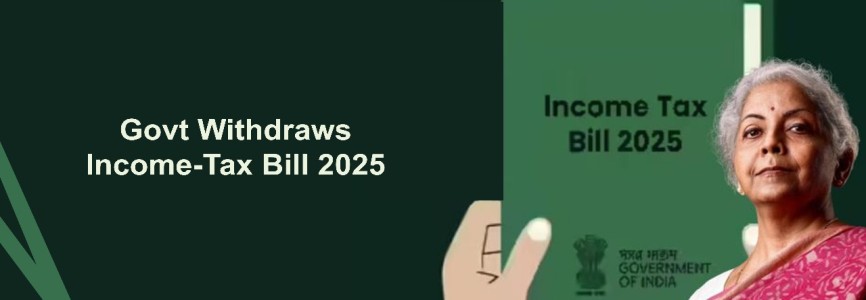






_crop10_thumb.jpg)


















































































_for_FY_2025-26_crop10_thumb.jpg)



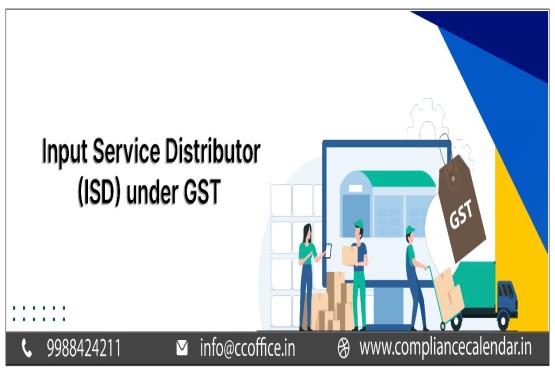








_learn_crop10_thumb.jpg)








_Filing_Due_Dates_for_FY_2024-25_learn_crop10_thumb.jpeg)
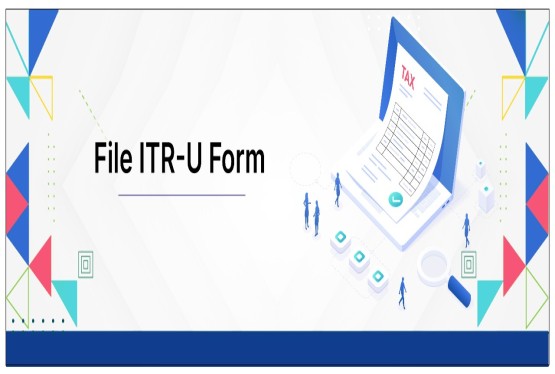
























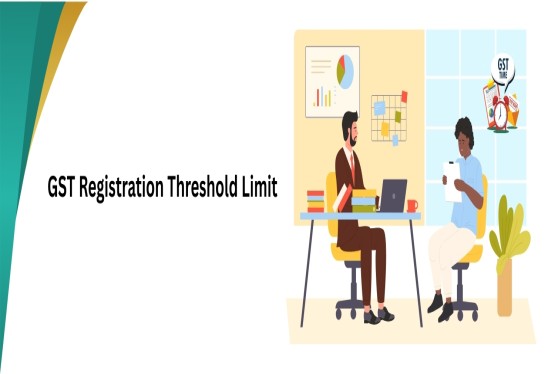
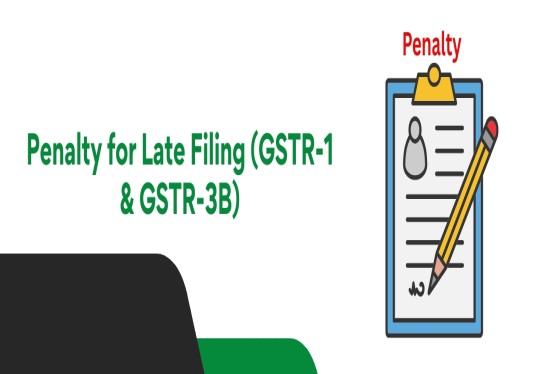












_of_GST_Act_learn_crop10_thumb.jpg)










_Under_GST_learn_crop10_thumb.jpg)









_crop10_thumb.jpg)


_crop10_thumb.jpg)






_learn_crop10_thumb.jpg)






















_of_the_Income_Tax_Act_learn_crop10_thumb.jpg)



_learn_crop10_thumb.jpg)






_learn_crop10_thumb.jpg)






_crop10_thumb.jpg)




















_in_The_Income_Tax_Act,_1961_learn_crop10_thumb.jpg)



_learn_crop10_thumb.jpg)



_of_the_Income_Tax_Act_learn_crop10_thumb.jpg)

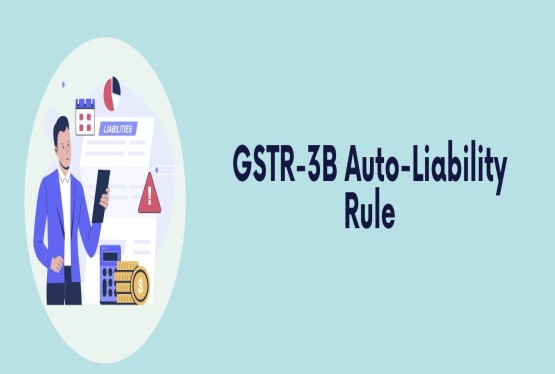
_Of_Income_Tax_Act_learn_crop10_thumb.jpg)








_learn_crop10_thumb.jpg)








_learn_crop10_thumb.jpg)
_crop10_thumb.jpg)






















_learn_crop10_thumb.jpg)
_for_Import_and_Export_learn_crop10_thumb.jpg)









